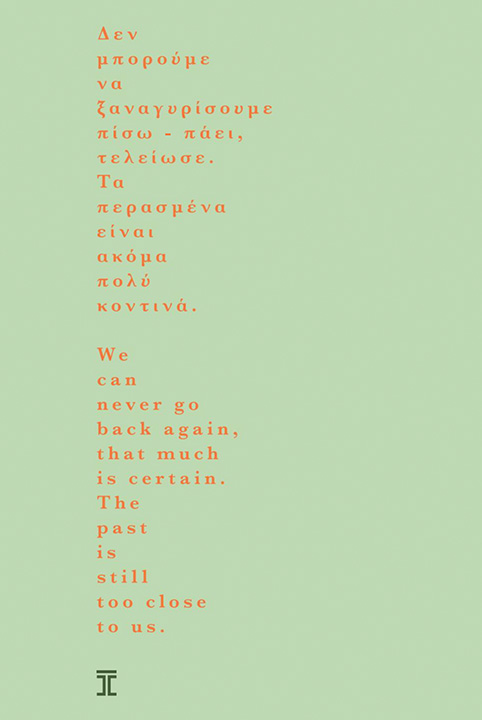To what extent does locality influence contemporary art? Can any particular artistic practices be defined as uniquely Cypriot? And does art from Cyprus transcend Western boundaries once it enters the global art scene?
This volume uses Cyprus as a case study for the exploration of notions of identity, regionalism, and the global and local in contemporary art practice; it is not, therefore. a complete historiography of contemporary Cypriot art. Rather, this critical text provides a theoretical and historic-al framework that frames and contex-tualizes art practices from Cyprus, while always relating these back to the international art world.
Numerous current and pressing issues—all relevant beyond Cyprus—are investigated in this book including, but not limited to, art as capital. the emergence of the "periphery', the importance of thriving localities, issues of memory and memorialization, archaeology, artists' identities, conflict and politics. social engagement, gender politics, and such curatorial alternatives as artist-run spaces. In doing all of this. Contemporary Art from Cyprus not only bears on current and future art practices in this region but highlights the importance of Cypriot art in a global context too.
■ bloomsbury.com



